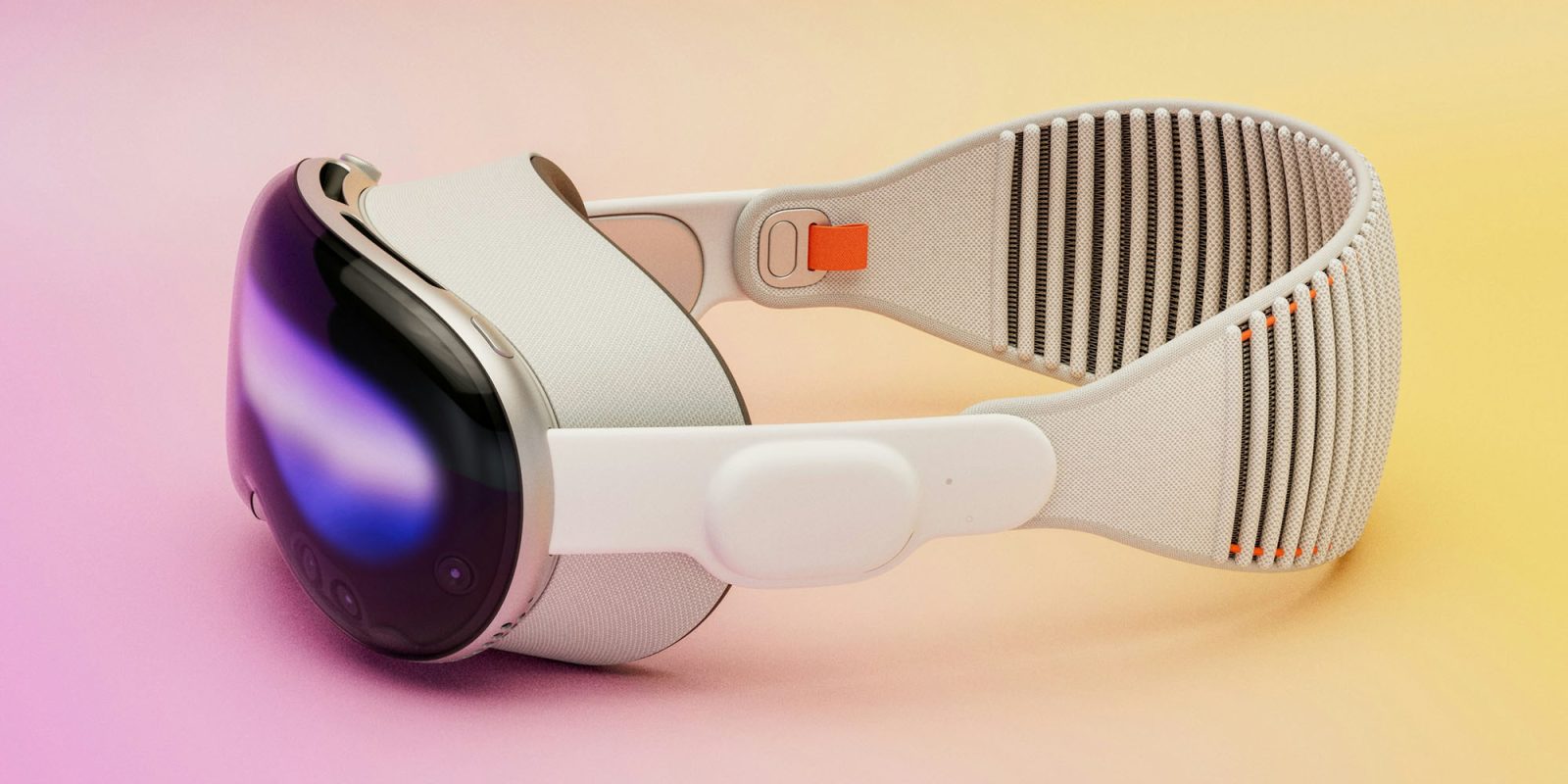
The flow of Vision Pro apps dropped dramatically after an initial flurry at launch, says a new report, with many top iOS developers yet to bring their apps to the platform.
The spatial computer is battling the Catch-22 of not having a killer app to drive sales, and therefore not having a large enough market to attract developers …
But some developers strongly believe in the future of the platform, with one award-winning company predicting that it will eventually be bigger than the iPhone.
Vision Pro apps tailed off after launch
When Vision Pro first went on sale back in February, Apple said that more than 600 new apps were available on launch day. The company also highlighted that a million iPad apps would run on the device.
Some five months later, that number has grown – but not dramatically. The most recent number provided by Apple was just 2,000.
The Financial Times reports that almost all of those apps were launched in February, with very little since. It adds that many big developers are still missing.
According to Appfigures, which tracks App Store listings, the number of new apps launched for the Vision Pro has fallen dramatically since January and February.
Nearly 300 of the top iPhone developers, whose apps are downloaded more than 10mn times a year — including Google, Meta, Tencent, Amazon and Netflix — are yet to bring any of their software or services to Apple’s latest device.
We noted at the time that some big developers had actively opted out, not even allowing their iPad apps to run on Vision Pro.
The Catch-22 for Vision Pro
There’s clearly a Catch-22 phenomenon at play here: People won’t buy an expensive product without a killer app, and developers won’t invest in creating apps for a product few are buying.
IDC yesterday estimated that US sales won’t hit 500k in the first year. Rival market intelligence Omdia is even more pessimistic, believing that year one sales will total just 350,000 units globally. However, it forecasts 750k in 2025, and 1.7M in 2026.
But some developers are optimistic
Some developers believe it’s about playing the long game, and Atlantic Productions is one of the most optimistic. The award-winning company, which started as a TV production outfit before branching into VR, is working closely with Apple on some upcoming immersive videos.
[These will include] vertiginous feats of climbing and “parkour” urban athletics, using bespoke 3D cameras developed by the Silicon Valley company to create ultra-high-resolution content.
The company’s CEO Anthony Geffen says that Apple’s entry into the VR space will change everything.
“I’ve been through all the false dawns” of VR, he said. “I think in the next two to three years we will genuinely have devices that will be mass market. The Vision Pro has arrived at a very important time.”
He says he believes it will in time be bigger than the iPhone.
“This is the most exciting platform I’ve ever worked with,” Geffen said. “I think it’s bigger than the smartphone.”
9to5Mac’s Take
The paper compares the app trajectory to iPad, but that’s clearly not a fair comparison. The dramatically higher cost of Vision Pro means the market for VP apps is very much smaller, and that is likely to be the key factor in developer decisions.
All the same, an increase from 600 apps to just 2,000 in five months is indeed worrying. Dedicated apps are absolutely key to the appeal of the platform, with no obvious killer app as yet.
Even Apple CEO Tim Cook mostly appears to use it as a personal home cinema device – something that can be achieved with a much cheaper and more comfortable glasses product.
While my own hands-on revealed that I’d be willing to pay more than expected for a subsequent model, that’s for fairly niche professional use. The key to the future of the Apple Vision platform is turning it into a consumer device.
One thing everyone is agreed on: Apple’s biggest challenge is launching a subsequent model with much more consumer-friendly pricing.
Photo by Igor Omilaev on Unsplash
FTC: We use income earning auto affiliate links. More.





Comments